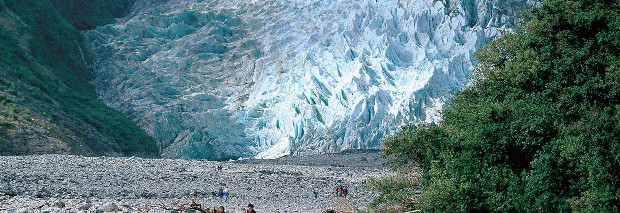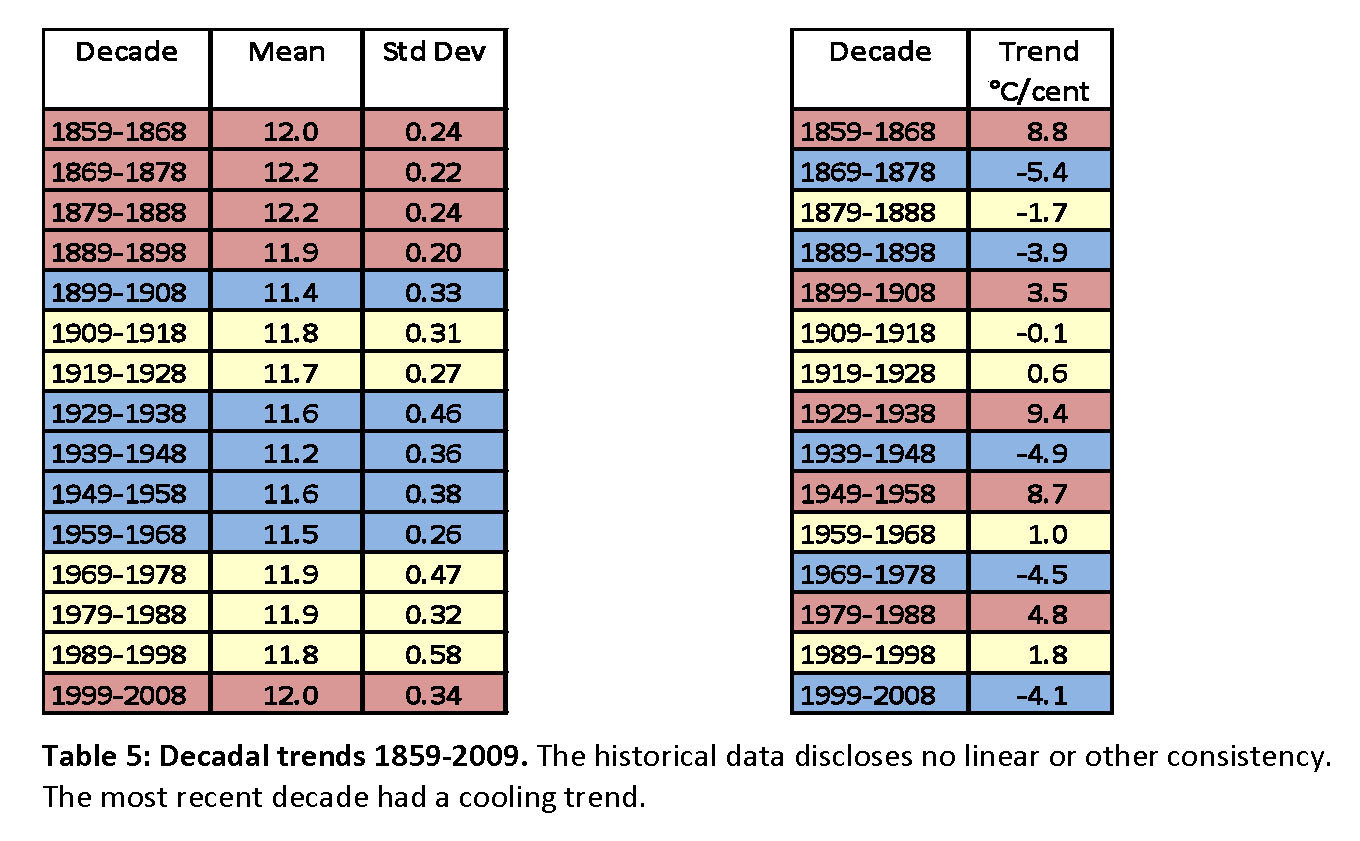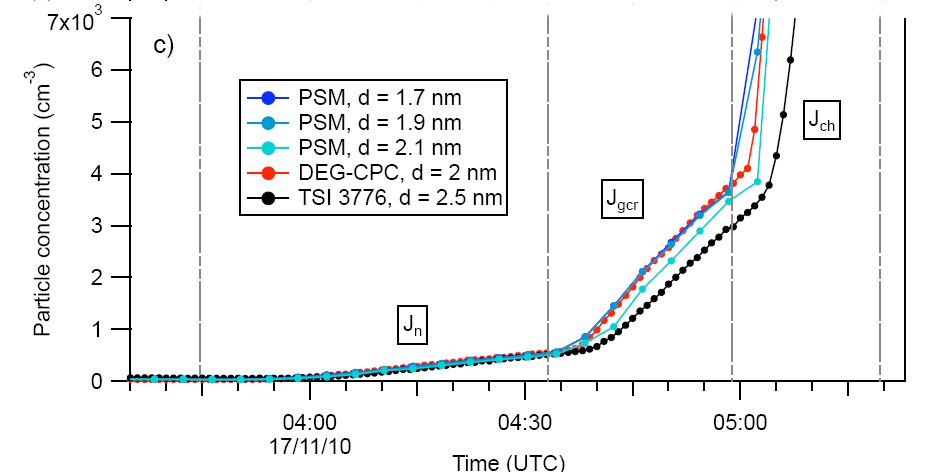Thanks to those who advised me of this amazing email from the Climategate 2 collection, either through comments here or private email. It concerns the pre-1930 cooling of the New Zealand temperature record, and makes food for thought, especially for those supporting NIWA, Salinger and the increasingly shaky AGW story. Although it’s more of a novel, and a bad one at that, with gaping holes in the plot and evidence so carelessly thrown together it fools nobody. Now, as many of us feared was the case, comes evidence that the NZ temperature record has been applied to far more places than where it was observed. We now know it was stretched over far-flung places it was never intended to go. This is the worst result possible.
Cc: t.osborn@uea.ac.uk
date: Mon, 7 Sep 2009 00:13:56 +0100 (BST)
from: “Tim Osborn”
subject: New Zealand summer temps
to: p.jones@uea.ac.uk
Hi Phil,
just a quick Q before I go to bed!
I’ve just updated the IPCC paleo chapter Southern Hemisphere plot where we
showed, amongst other things, Ed Cook’s New Zealand TRW reconstruction,
with CRUTEM2v Jan-Mar smoothed temperatures.
For my update I’ve used CRUTEM3v, expecting them to be rather similar but
with a few more years on the end.
But the pre-1930 temperatures are now very different, being much cooler
(by > 0.5 degC for a 25-year low-pass mean) in CRUTEM3v than CRUTEM2v.
Previously they had been, on average, near or even above the 1961-1990
mean, now they’re at -0.5 degC.
Is this a result of some homogenization work on New Zealand summer temp
data? Or just some random artefact of minor changes somewhere?
Cheers
Tim
— Dr. Tim Osborn RCUK Academic Fellow Climatic Research Unit School of Environmental Sciences University of East Anglia Norwich NR4 7TJ, UK www.cru.uea.ac.uk/~timo/
Views: 500




























